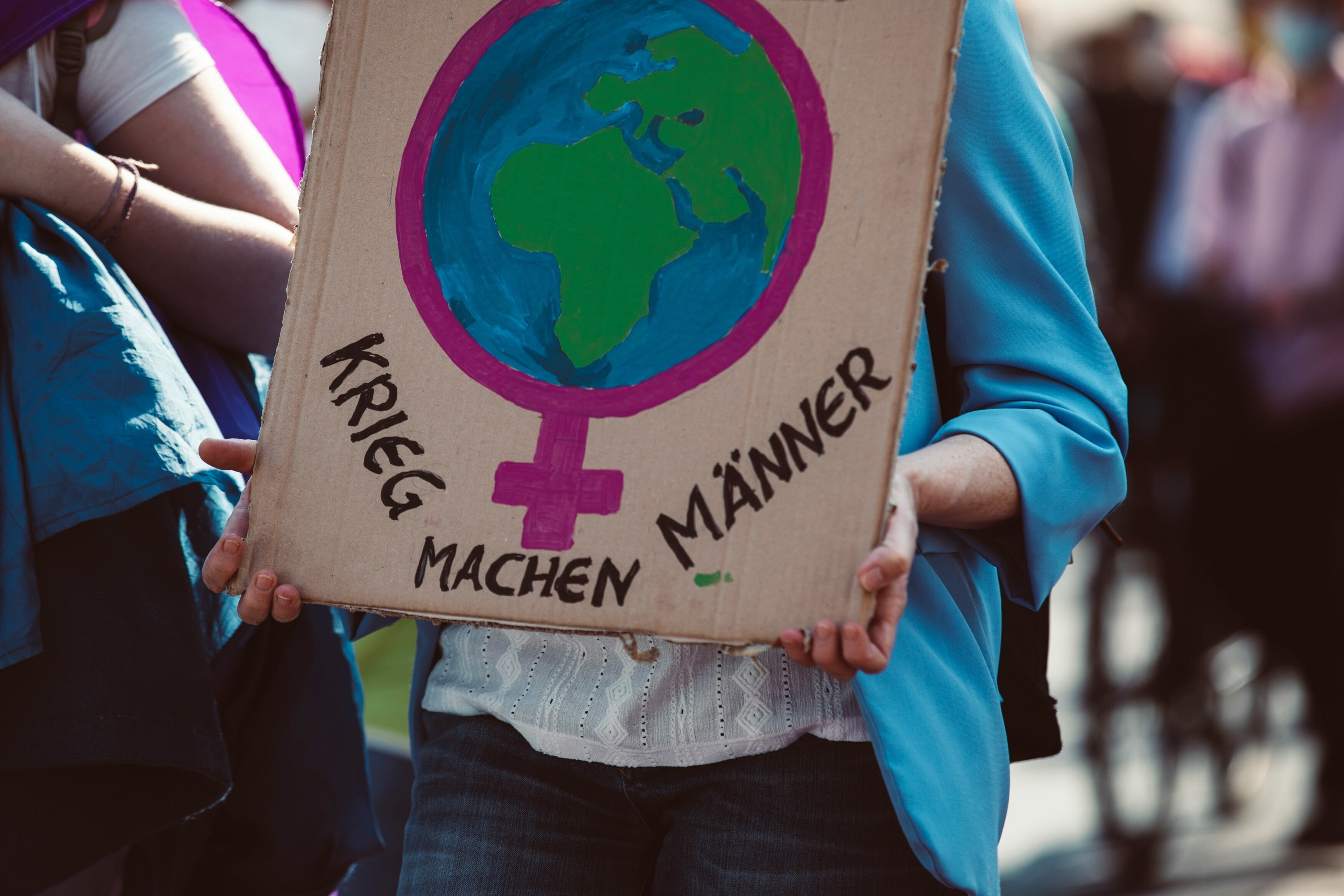Chart of the day: These countries have seen the biggest falls in extreme poverty

Extreme poverty has seen a rapid decline in 15 countries.
Image: REUTERS/Gleb Garanich
Stay up to date:
SDG 01: No Poverty
- About 1.1 billion people have moved out of extreme poverty since 1990.
- 15 countries have made rapid progress in reducing extreme poverty.
- Tanzania almost halved its extreme poverty in just over a decade.
- China, Kyrgyz Republic, Moldova and Viet Nam effectively ended extreme poverty by 2015.
An estimated 1.1 billion people have lifted themselves out of extreme poverty in just a few decades.
By 2015, according to the most recent data, 736 million people, or about 10% of the world’s population, were living in extreme poverty, which the World Bank defines as living on the equivalent of $1.90 or less per day. That's down from 1.85 billion people in 1990.
However, some countries have experienced more success than others in reducing rates of extreme poverty – China being the most obvious example.
In the past 40 years, China has taken more than 850 million citizens out of extreme poverty.
This chart shows the remarkable progress of 15 countries on cutting extreme poverty.

Across these 15 countries, an average of 1.6% of the population moved out of extreme poverty every year between about 2000 and 2015. This equates to around 802 million fewer people living in extreme poverty during that period.
Tanzania almost halved its extreme poverty rate between 2000 and 2011. It fell by an average of 3.2 percentage points per year, and Tajikistan and Chad weren’t far behind with 3.1 percentage points.
About 86% of the Tanzanian population were living in extreme poverty in 2000, down to 49.1% by 2011.
Four of the 15 countries - China, Kyrgyz Republic, Moldova, and Viet Nam - managed to eradicate extreme poverty altogether.
Uneven progress
But although the world has made huge progress on extreme poverty reduction, progress hasn’t been even.
The majority of the 736 million people still living on less than $1.90 a day are in sub-Saharan Africa. Even among sub-Saharan high-performers such as Tanzania, rates of extreme poverty remain above 40%.
In addition, the pace of decline in the overall extreme poverty rate has slowed since 2013, and the world isn’t on track to hit the target of ending poverty by 2030.
Don't miss any update on this topic
Create a free account and access your personalized content collection with our latest publications and analyses.
License and Republishing
World Economic Forum articles may be republished in accordance with the Creative Commons Attribution-NonCommercial-NoDerivatives 4.0 International Public License, and in accordance with our Terms of Use.
The views expressed in this article are those of the author alone and not the World Economic Forum.
Related topics:
Forum Stories newsletter
Bringing you weekly curated insights and analysis on the global issues that matter.
More on Equity, Diversity and InclusionSee all
Marielle Anzelone and Georgia Silvera Seamans
October 31, 2025
Alex Fergnani
October 14, 2025
Puja Raghavan and Ana Peruci Pansani
October 13, 2025
Xu Qinyi
October 10, 2025
Joan-Paula Bor and Kathleen Schmeler
October 6, 2025






